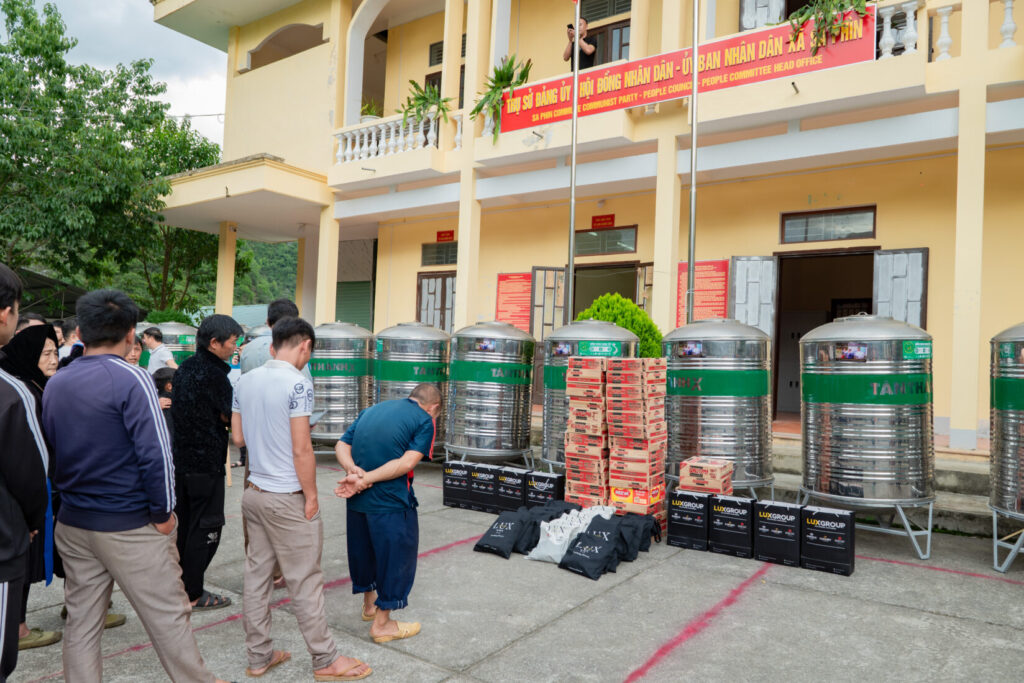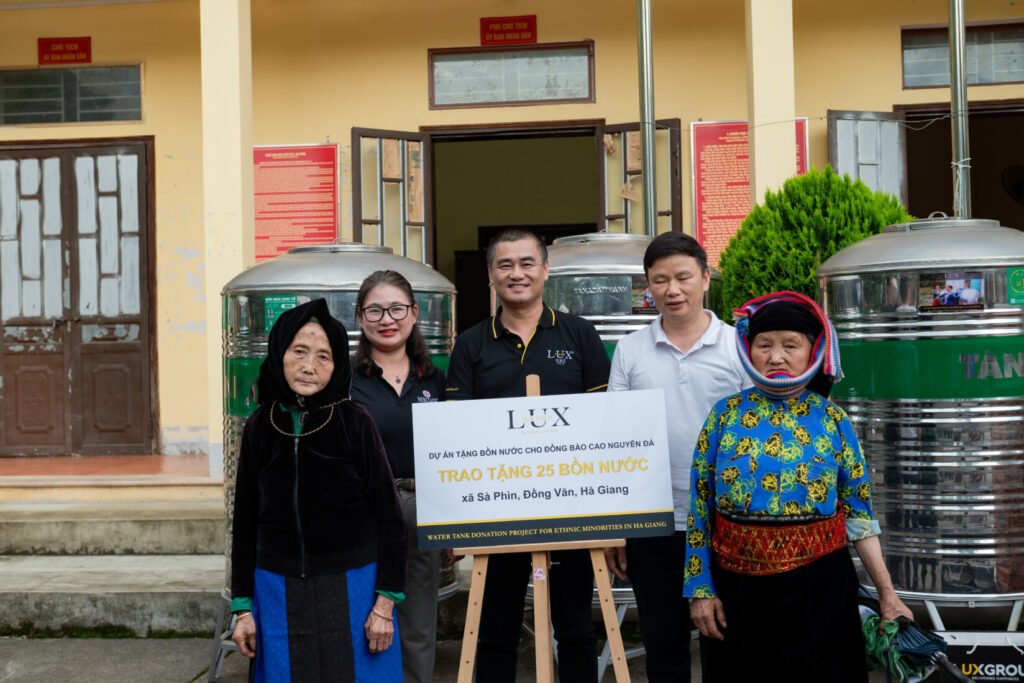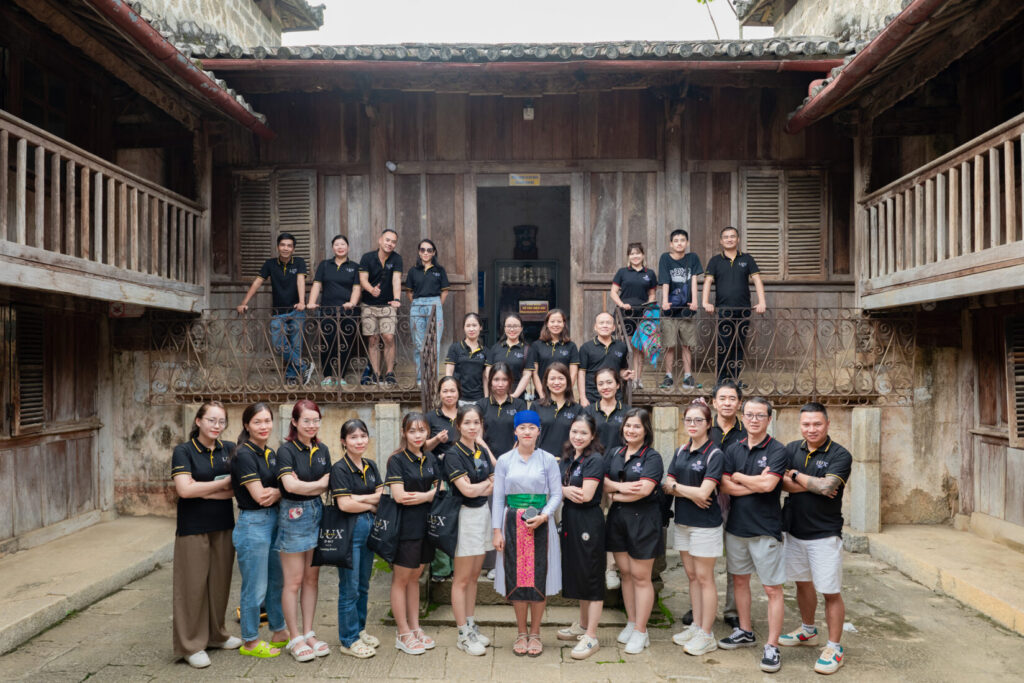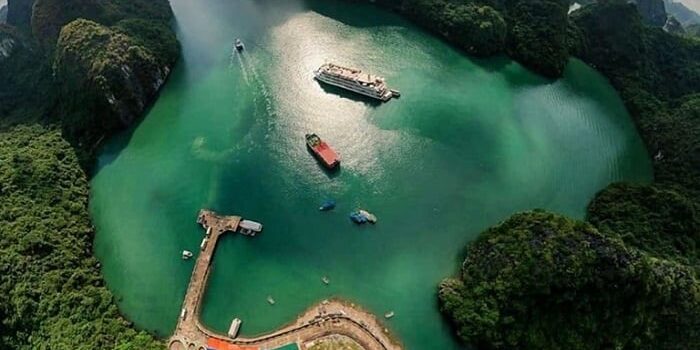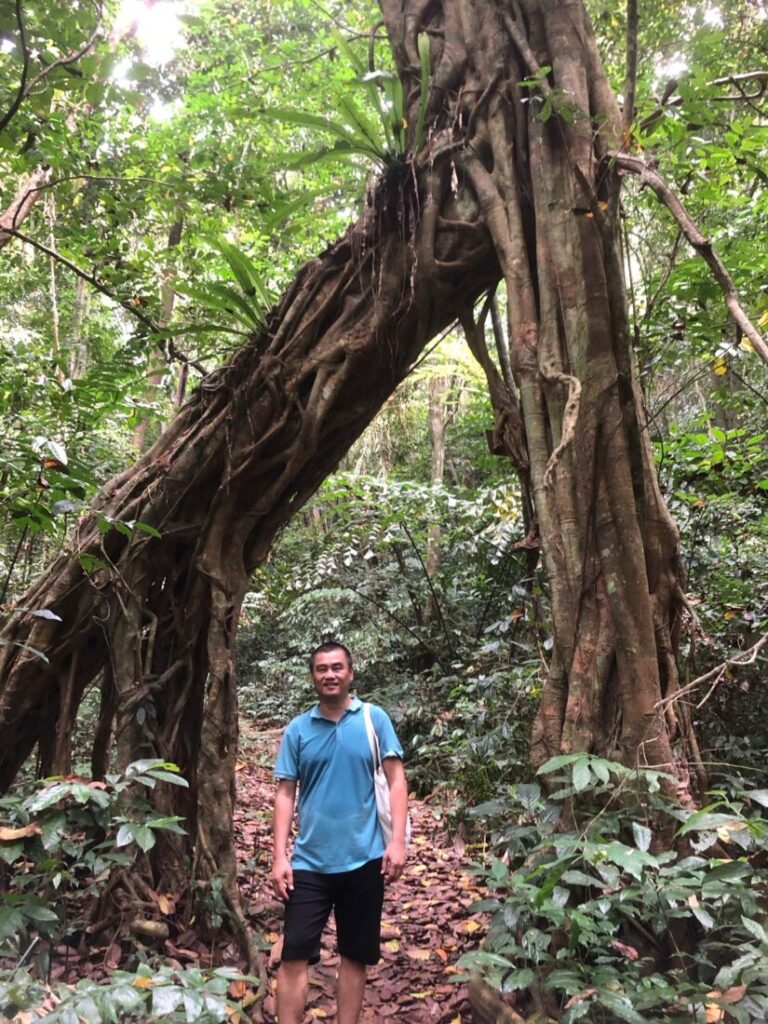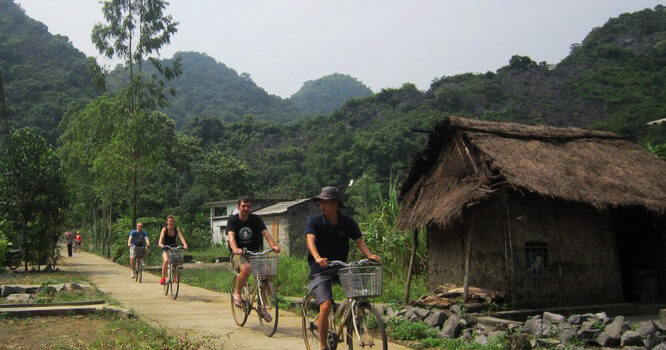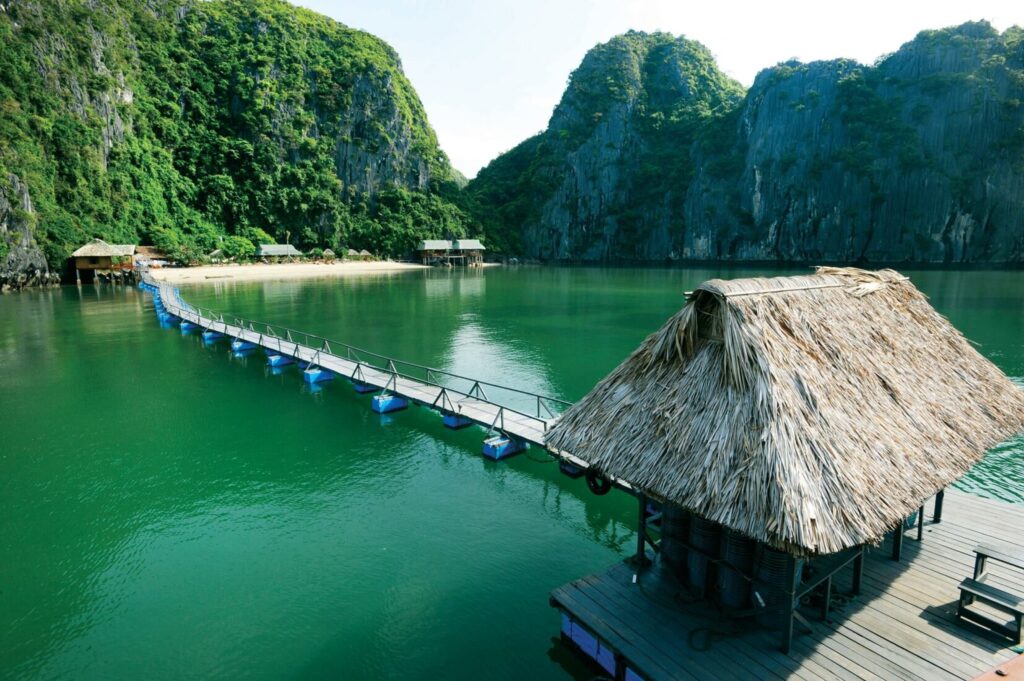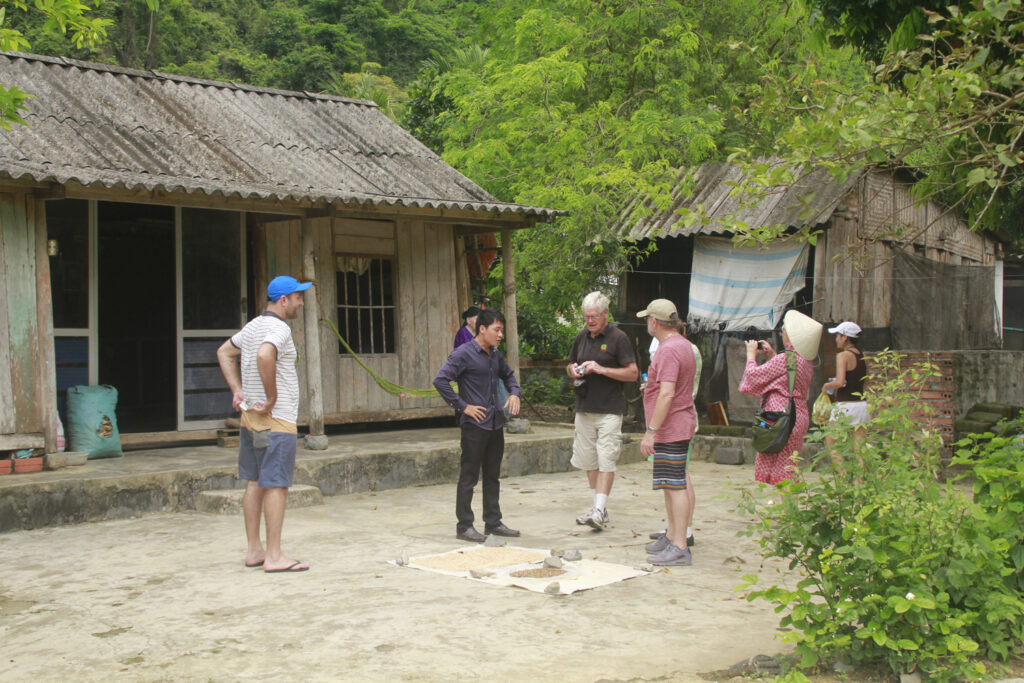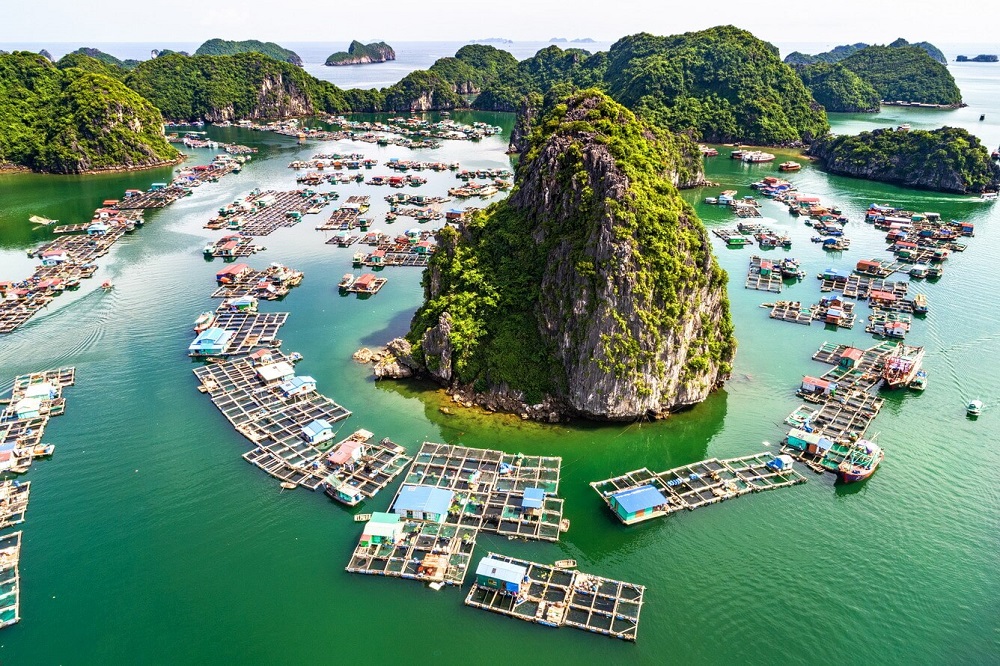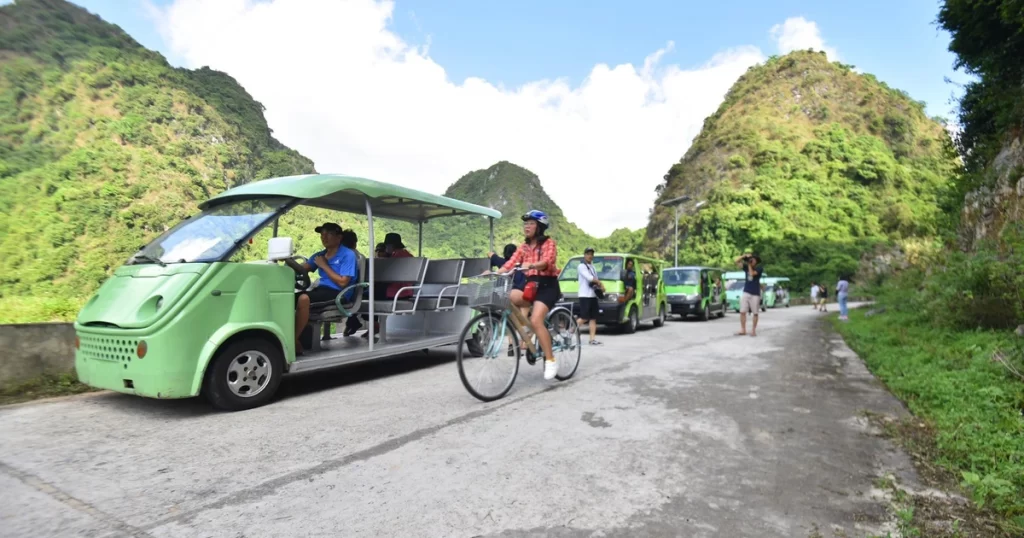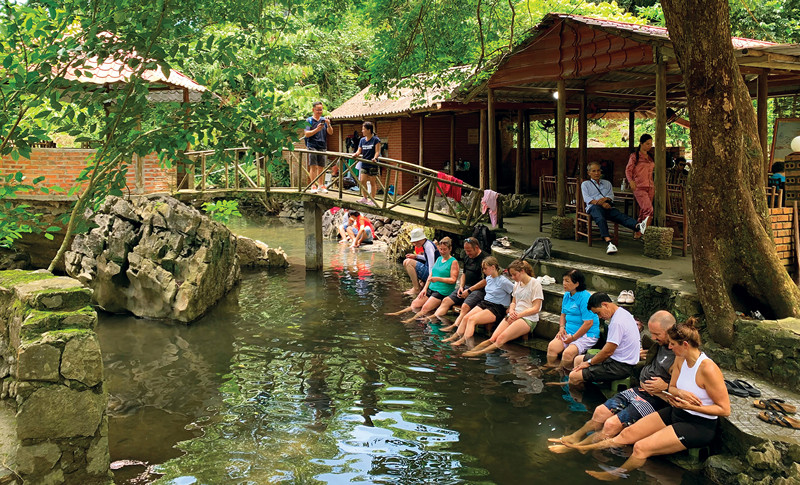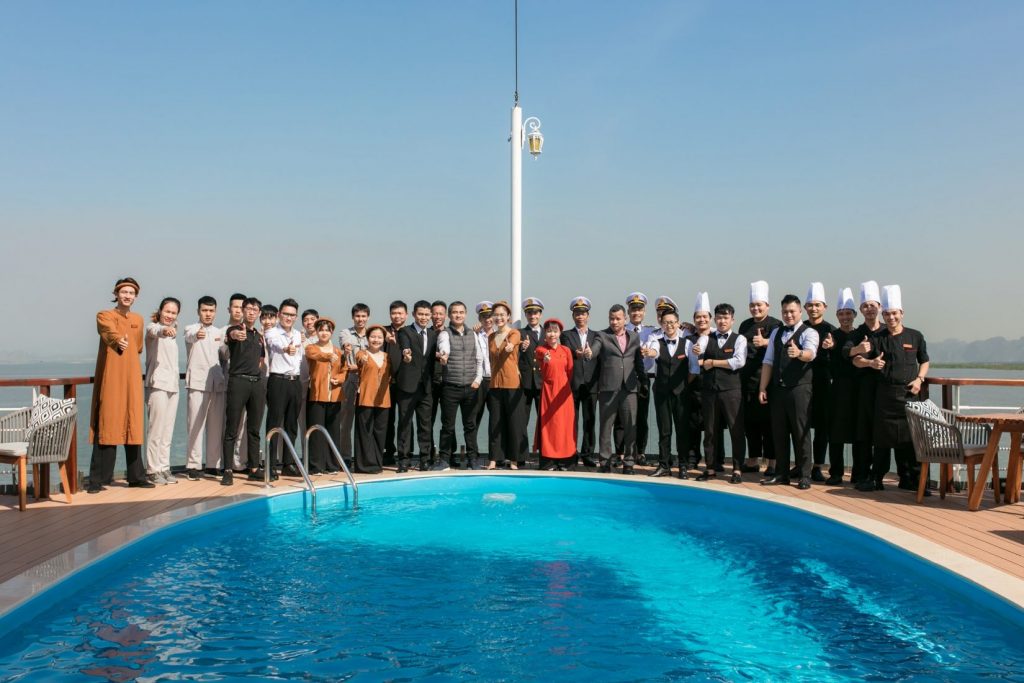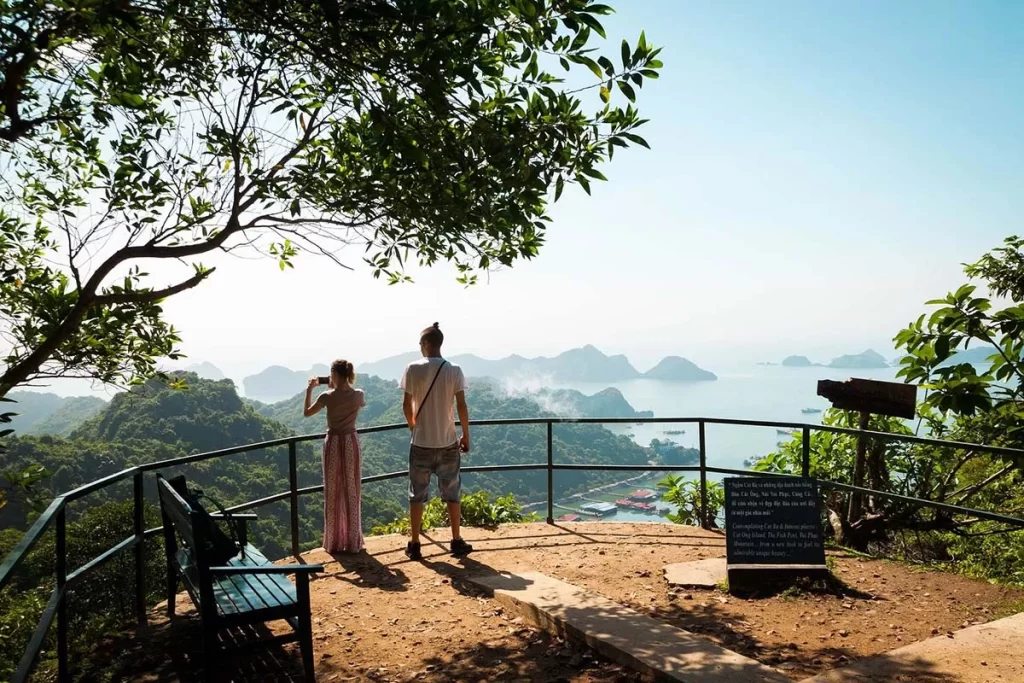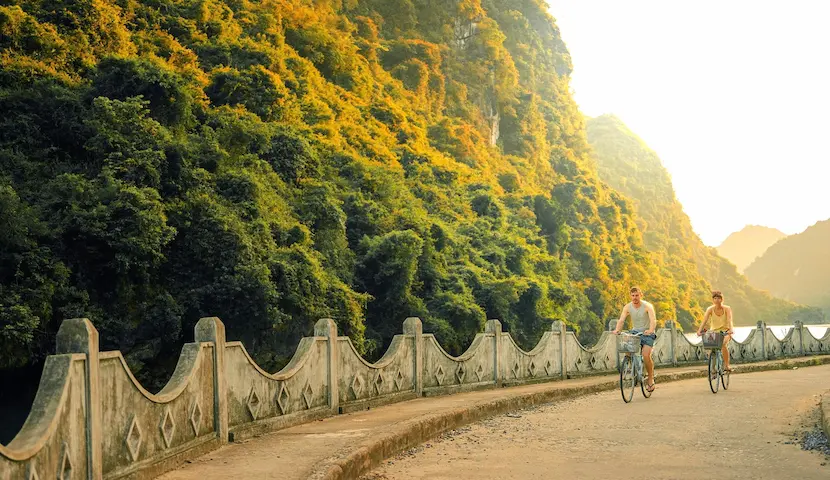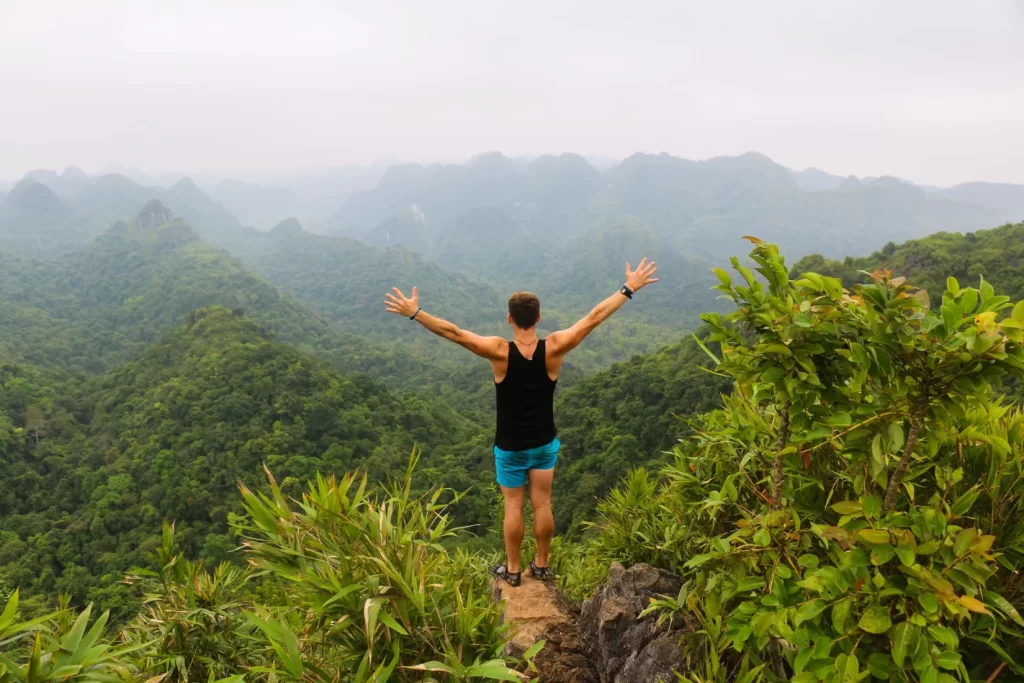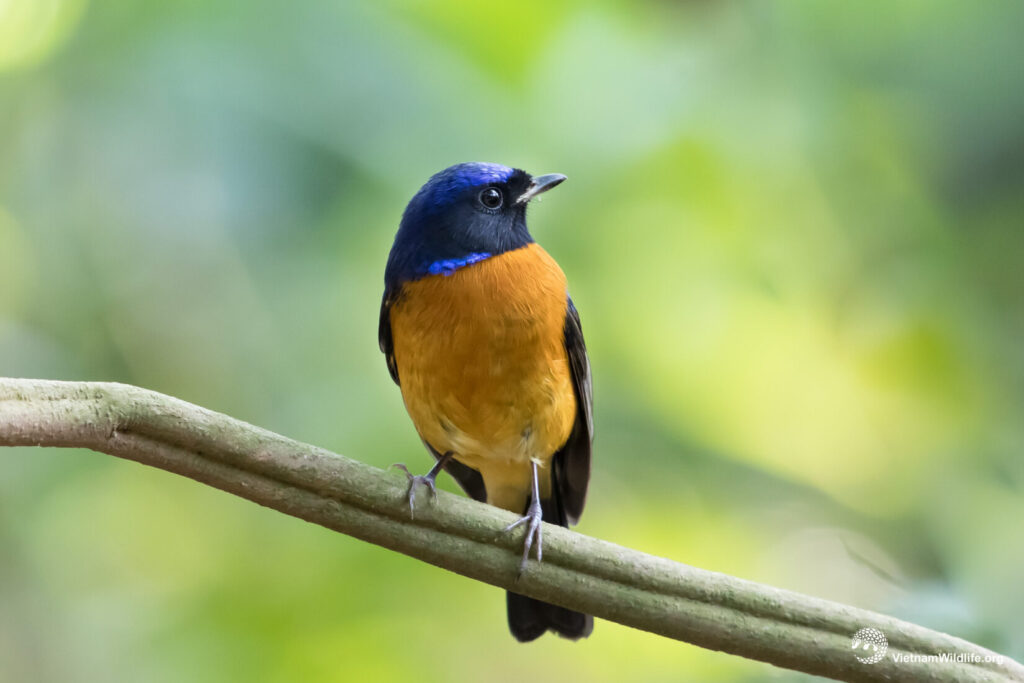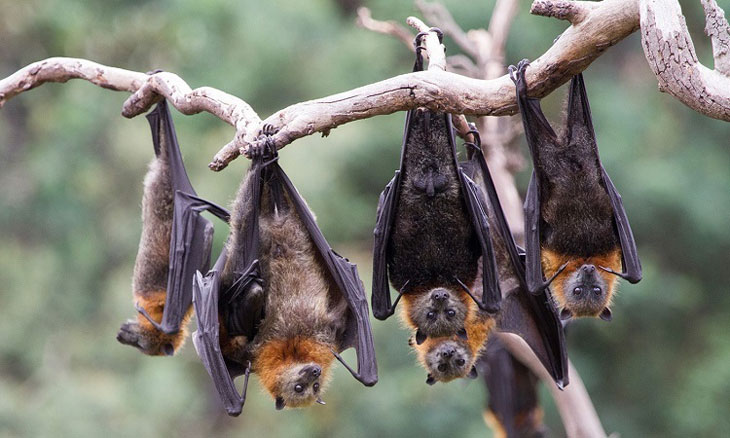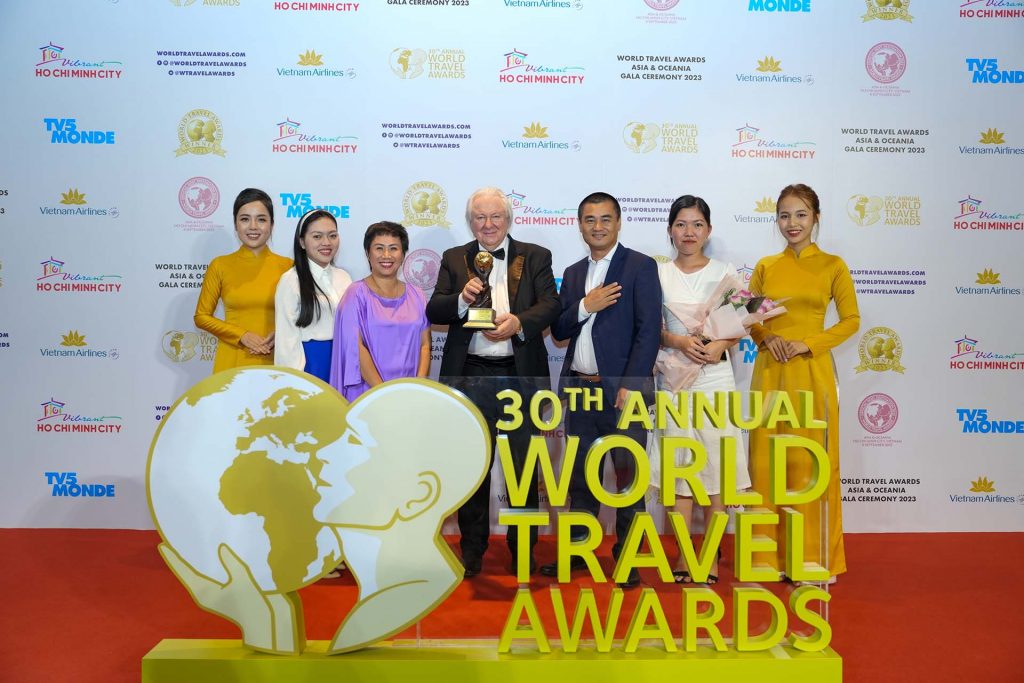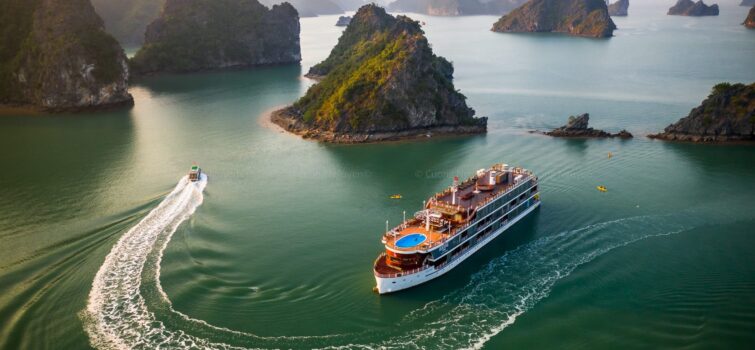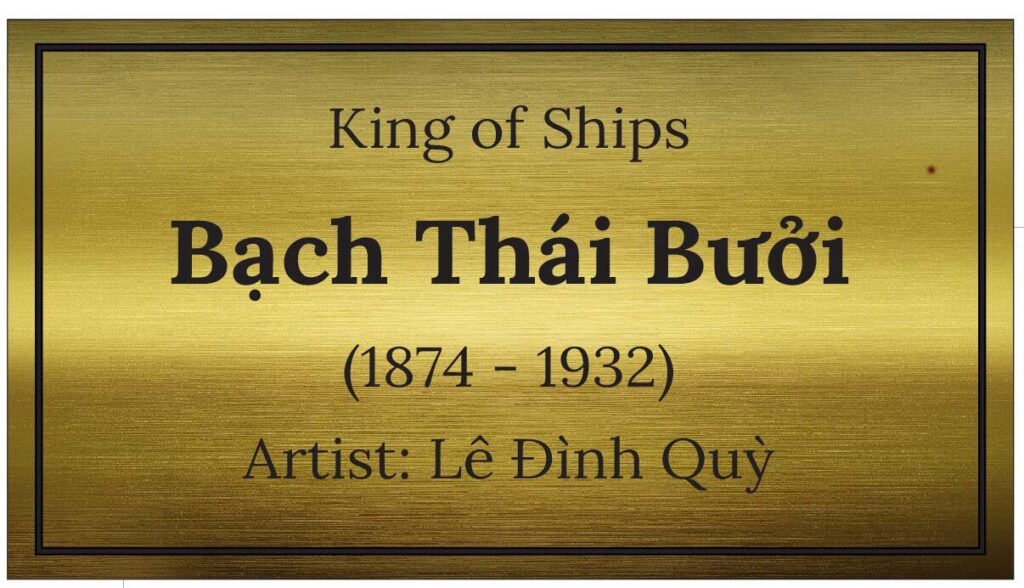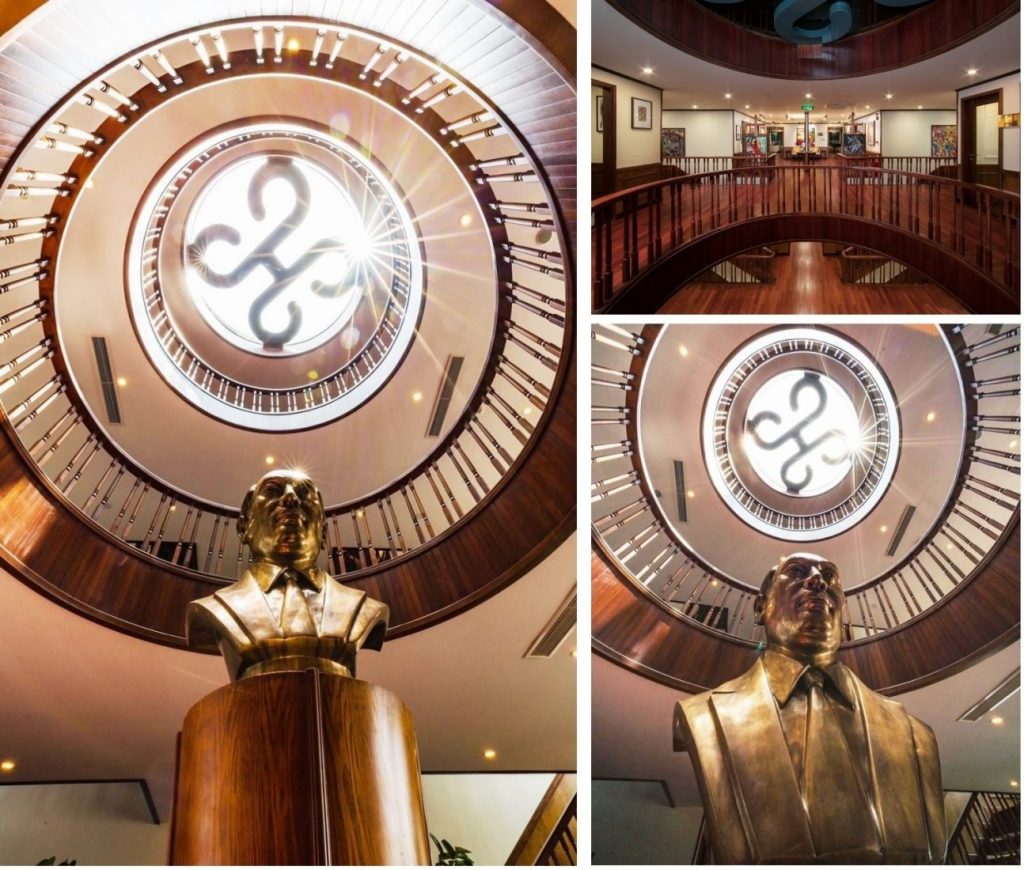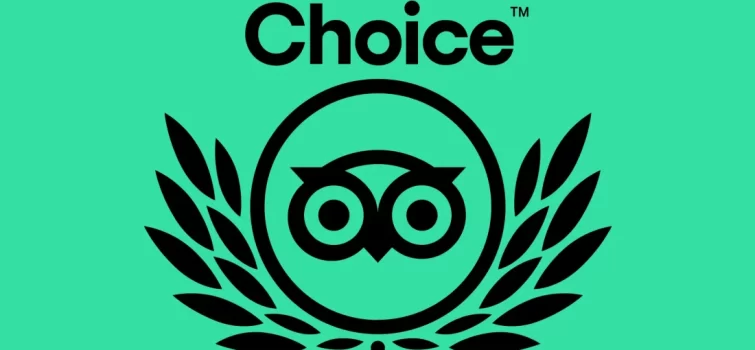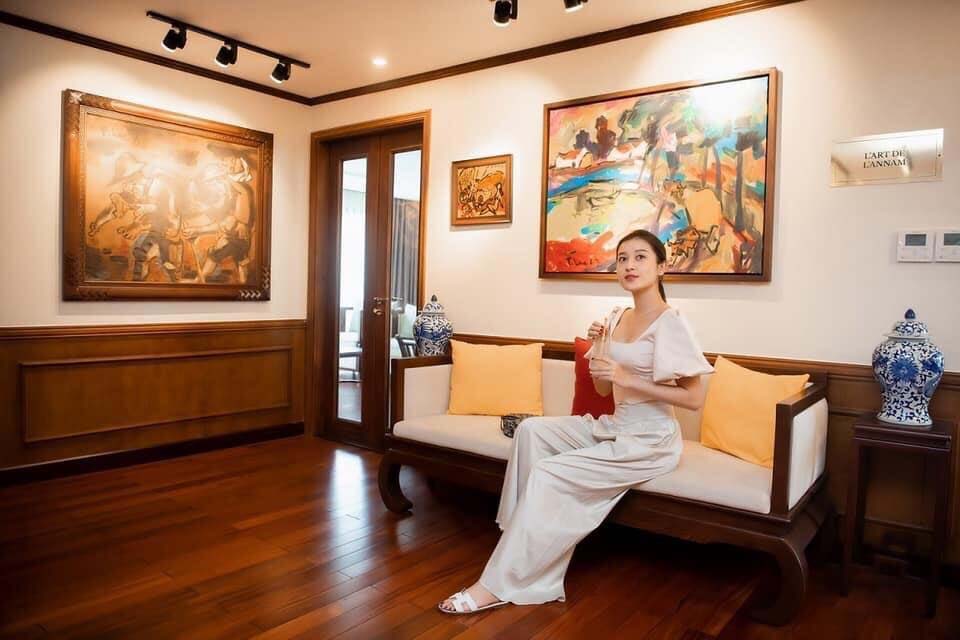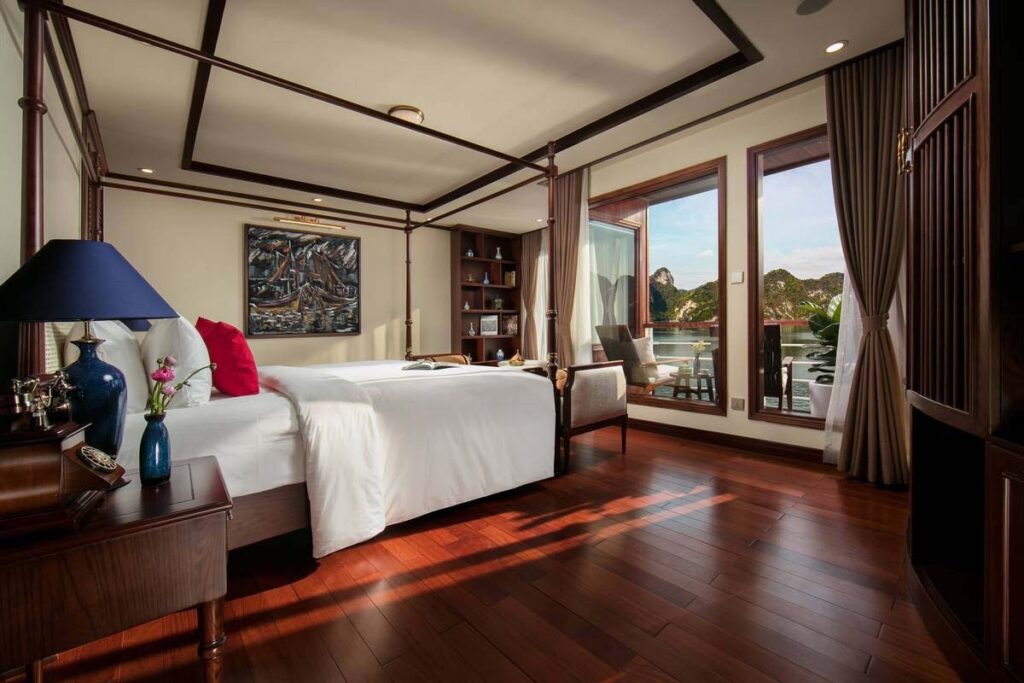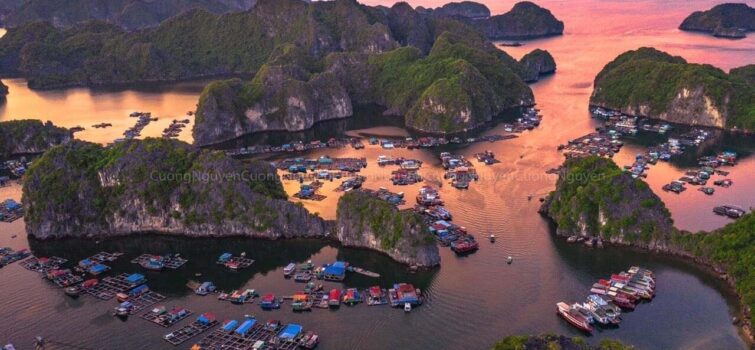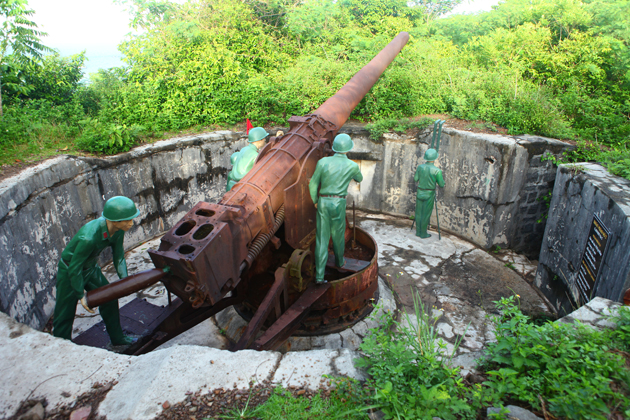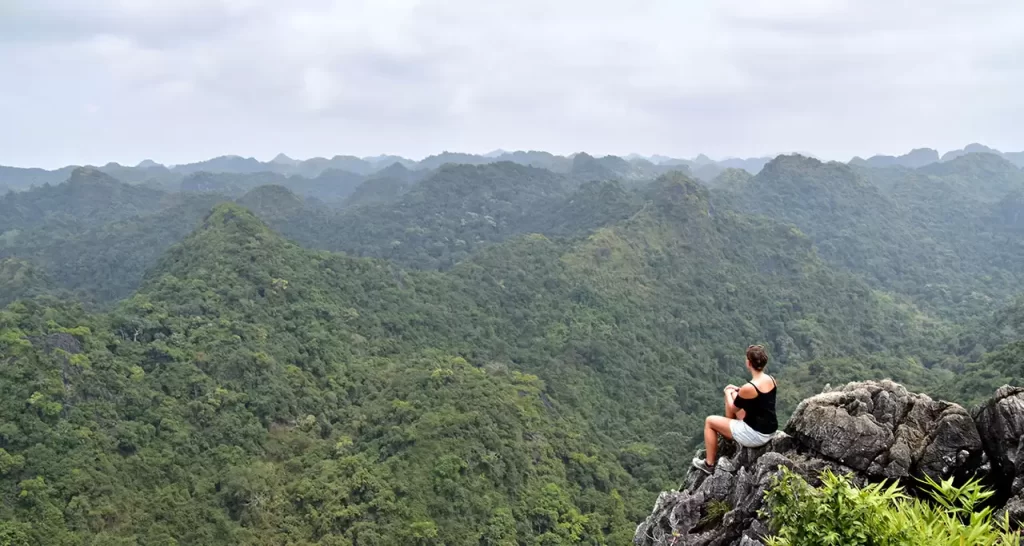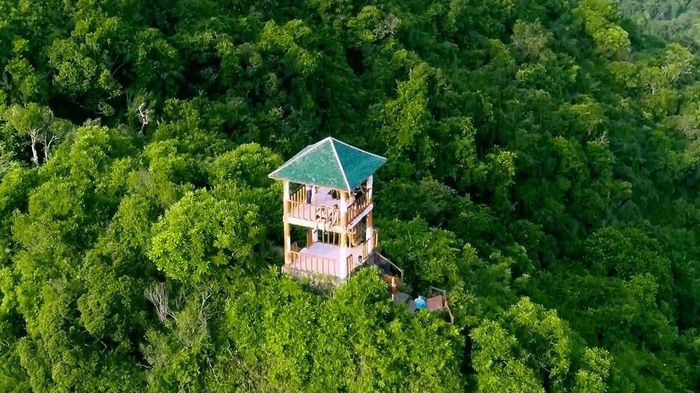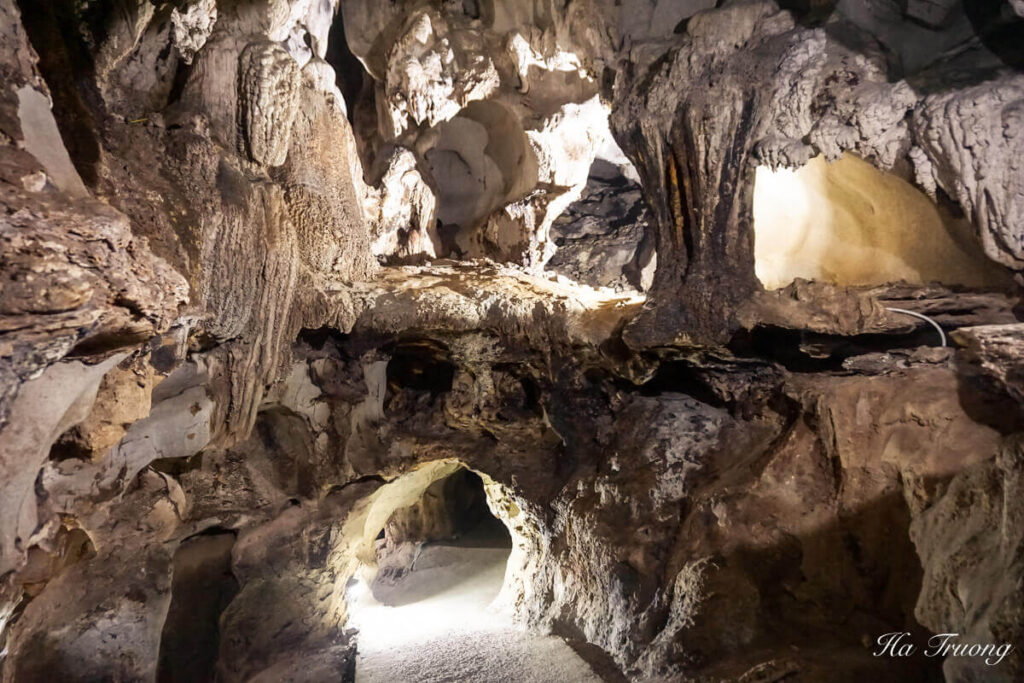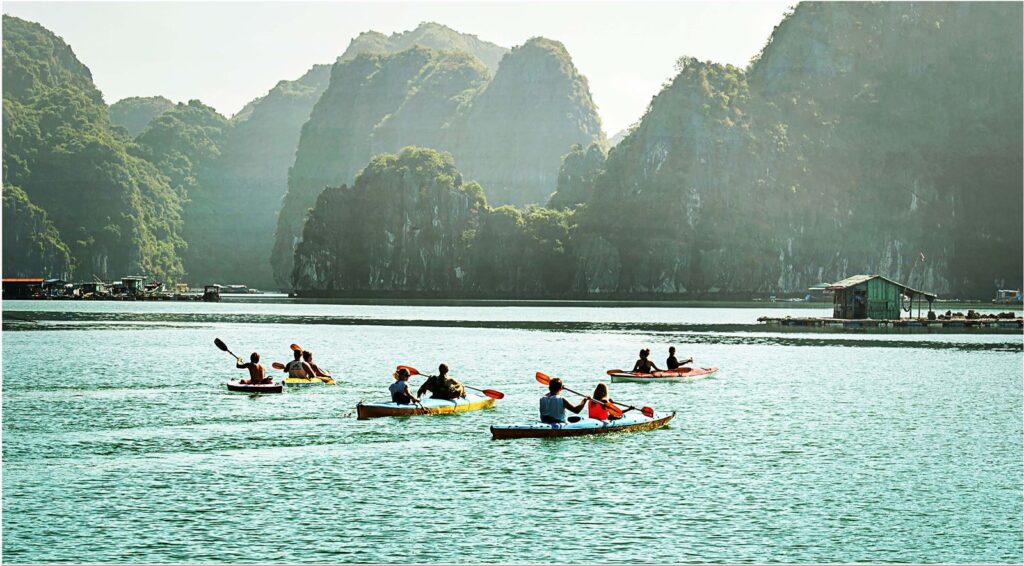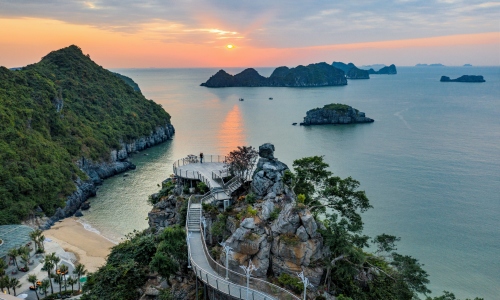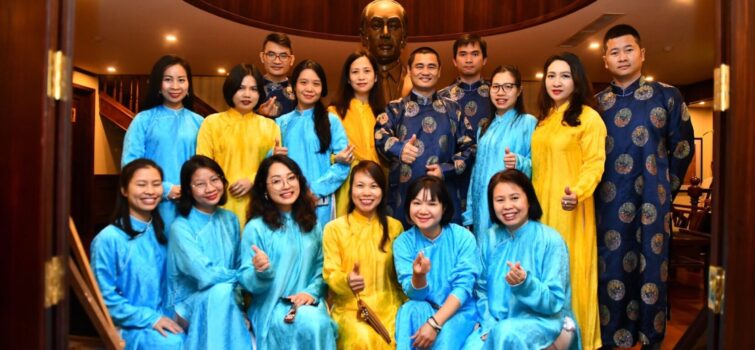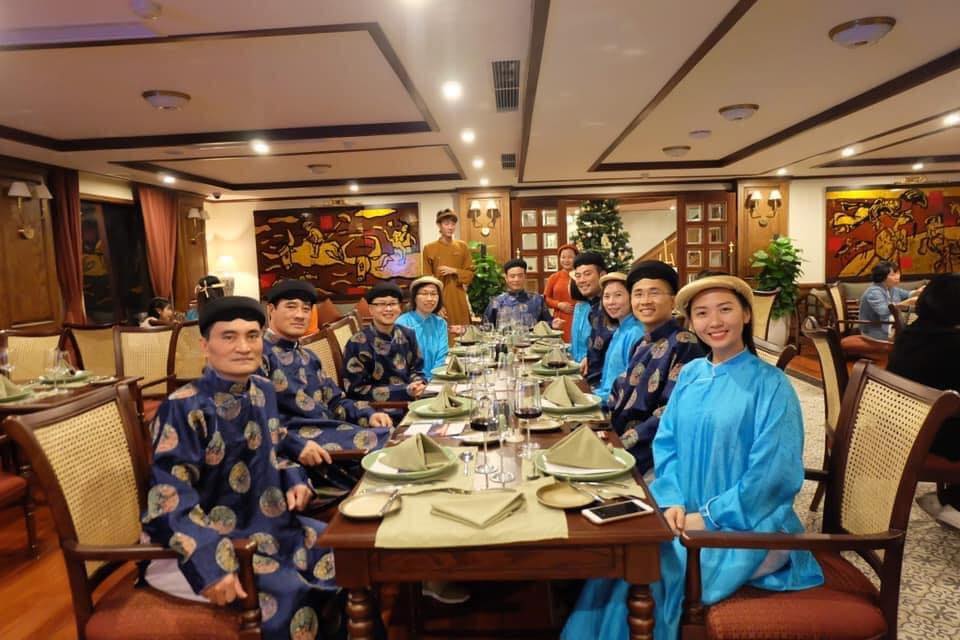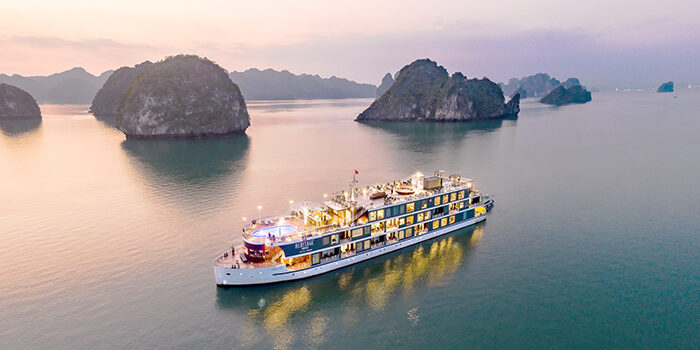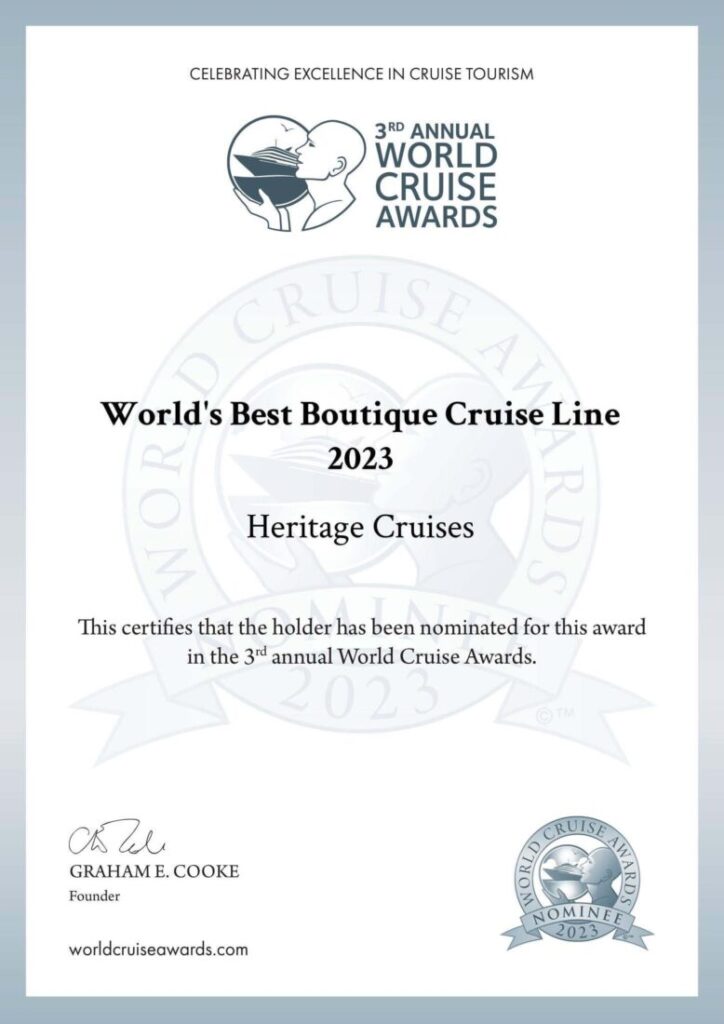Discover Heritage Cruise Binh Chuan – Nominated for “World’s Best Boutique Cruise Line 2024”
Heritage Cruise Binh Chuan Cat Ba Archipelago, a new icon in the cruise tourism industry, has just been nominated for the title of “World’s Best Boutique Cruise Line 2024” at the World Cruise Awards. This marks the fourth consecutive year that a Vietnamese cruise has received this prestigious recognition from one of the leading global awards in the maritime tourism sector, signifying a significant transformation in the country’s luxury tourism industry.
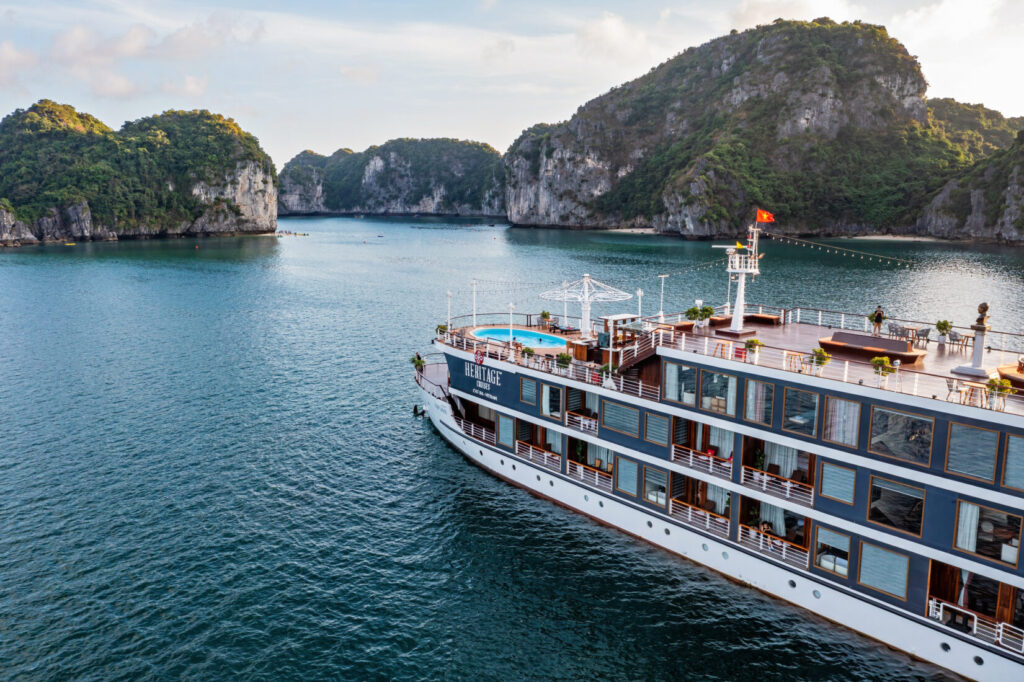
Heritage Binh Chuan
Heritage Cruise Binh Chuan Cat Ba Archipelago – The Perfect Blend of Luxury and Cultural Heritage
Heritage Cruise Binh Chuan Cat Ba Archipelago is not just a luxurious cruise but also a symbol of the perfect blend between modern design and Indochinese cultural heritage. Embodying the glorious past of the “King of Ships” Bach Thai Buoi, this cruise is designed to recreate the beauty of a bygone era. Every detail on the cruise is meticulously crafted, from the interior to the entertainment activities, to provide the most perfect travel experience. Guests will immerse themselves in an artistic living space throughout the journey.
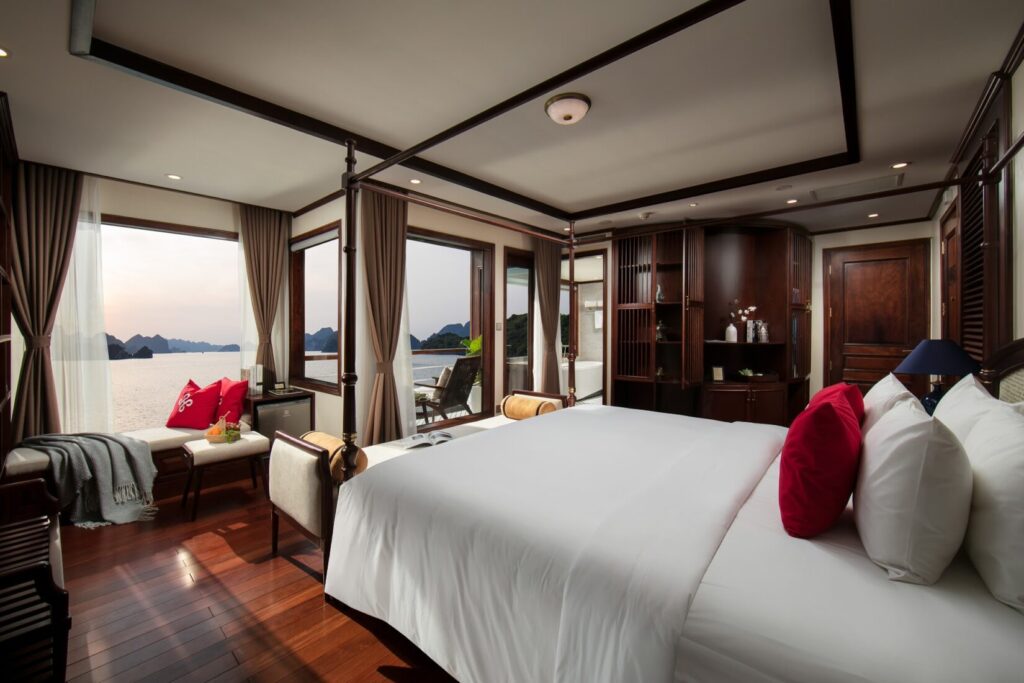
Regal Suite Cabin on Heritage Binh Chuan
Lux Cruises Group – The Investor and Developer of Premium Cruises
Chairman of Lux Cruises Group, Dr. Pham Ha, announced that by 2025, the group will introduce a new 300-seat cruise to operate in the waters of Nha Trang, Phu Quoc, Saigon River, and Lan Ha Bay. “The greatest mission of Lux Cruises and the biggest dream of my life is to conquer the rivers and coastlines of Vietnam to bring domestic and international tourists to explore the rich heritage of our country,” he shared. Lux Cruises focuses not only on providing luxurious travel experiences but also on preserving and developing Vietnam’s cultural heritage, offering high-quality and meaningful travel experiences to both domestic and international guests.
The World Cruise Awards 2024
Heritage Cruise Binh Chuan Cat Ba Archipelago and Lux Cruises promise to continue making their mark in the maritime tourism industry, not only in Vietnam but globally. With the prestigious nomination from the World Cruise Awards, Heritage Cruise Binh Chuan proves its excellence and strong competitiveness in the boutique cruise sector. Join us to explore and experience the harmony between modernity and tradition on one of the most anticipated cruises today.

The World Cruise Awards (WCA) is an initiative of the World Travel Awards (WTA) organization, first held in 2021 and continued annually to recognize the excellence of destinations and brands in the global cruise industry.

